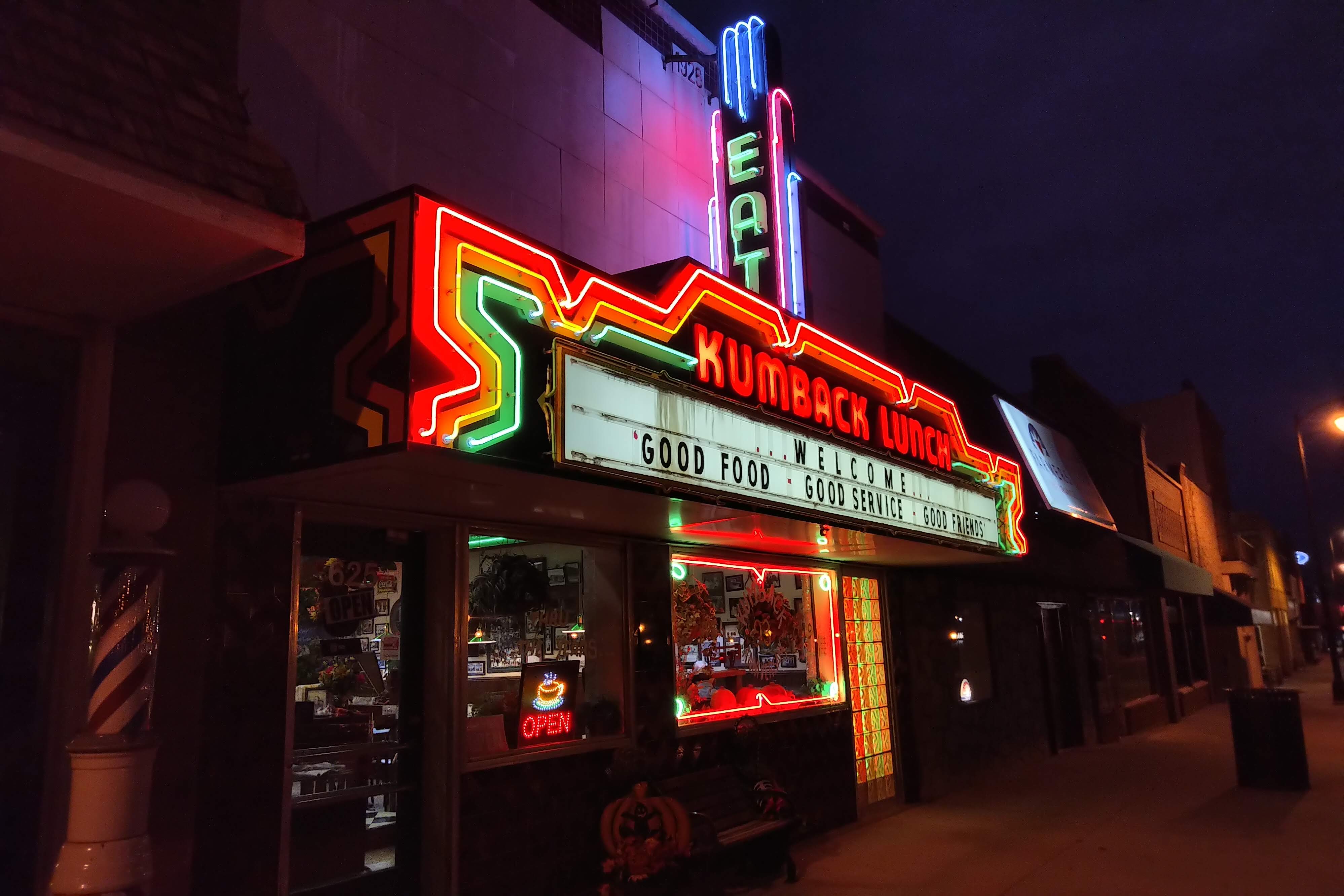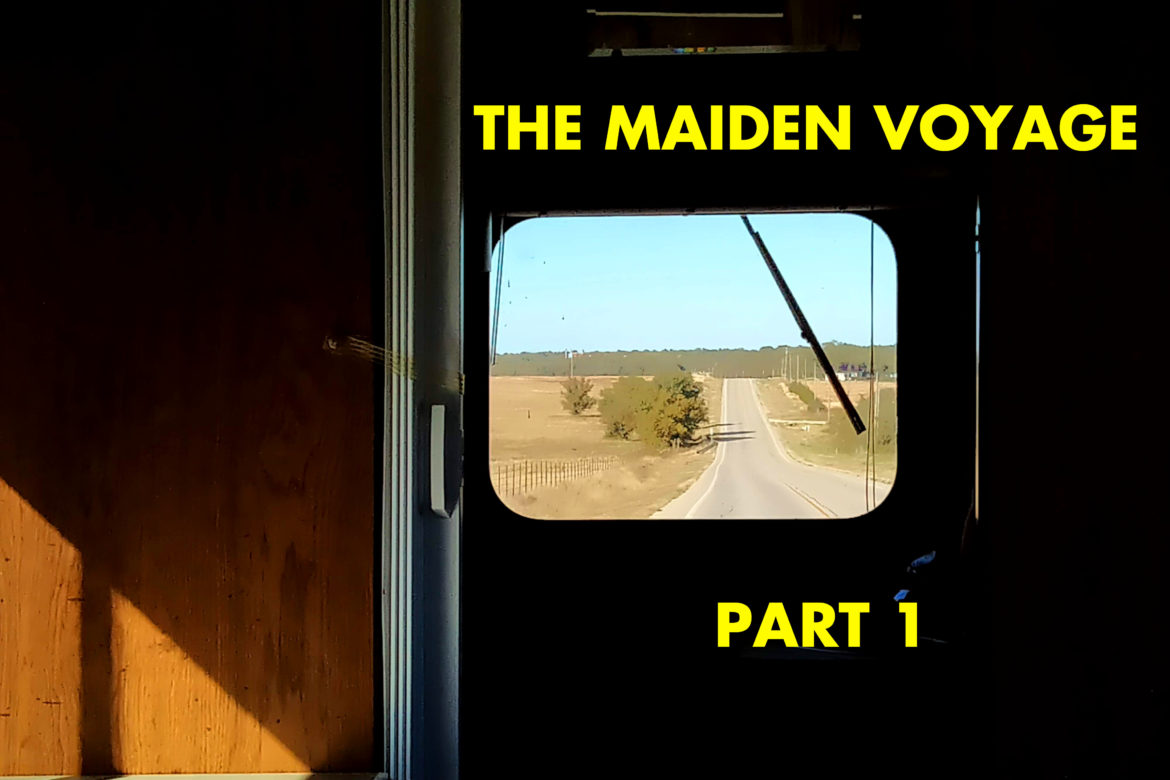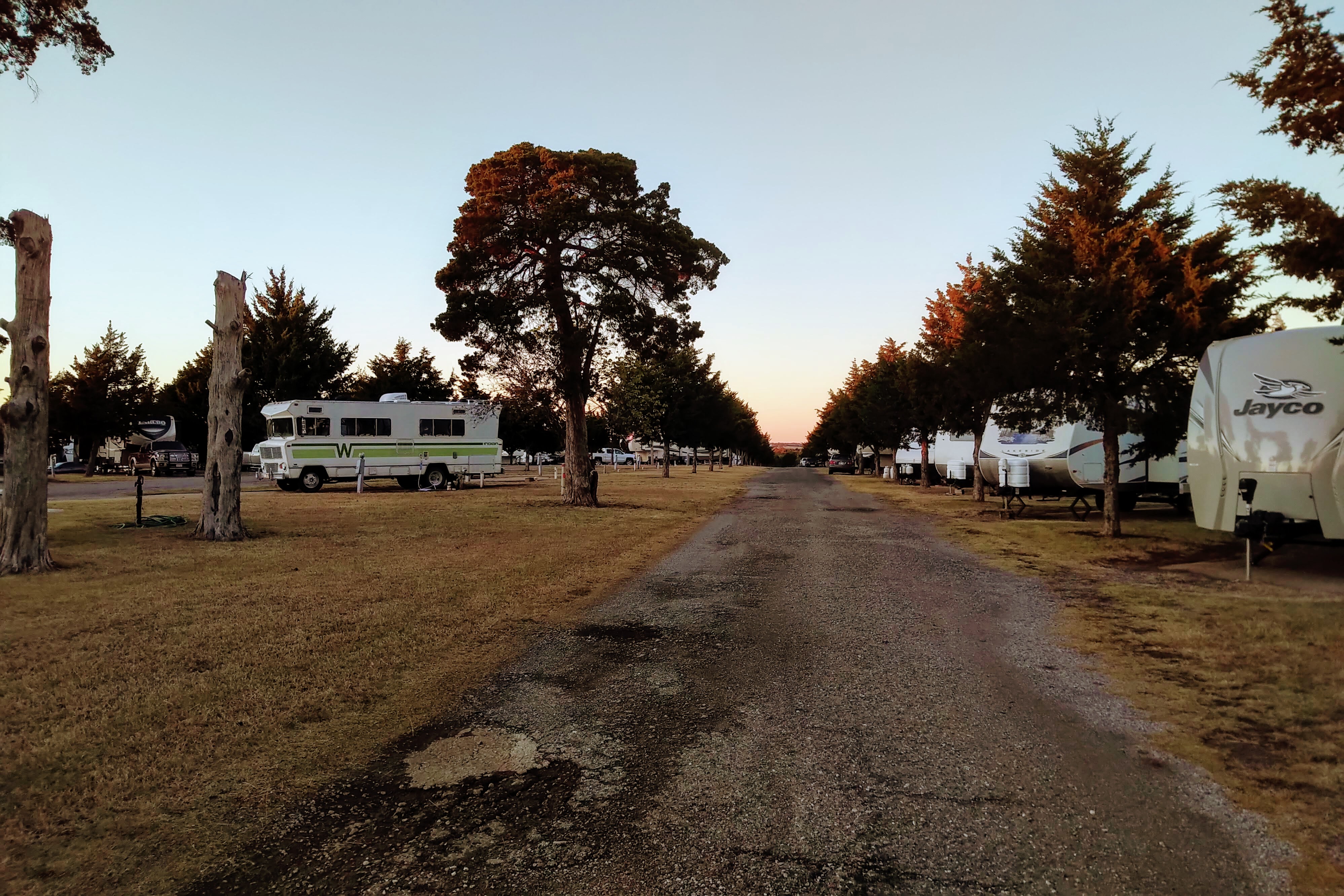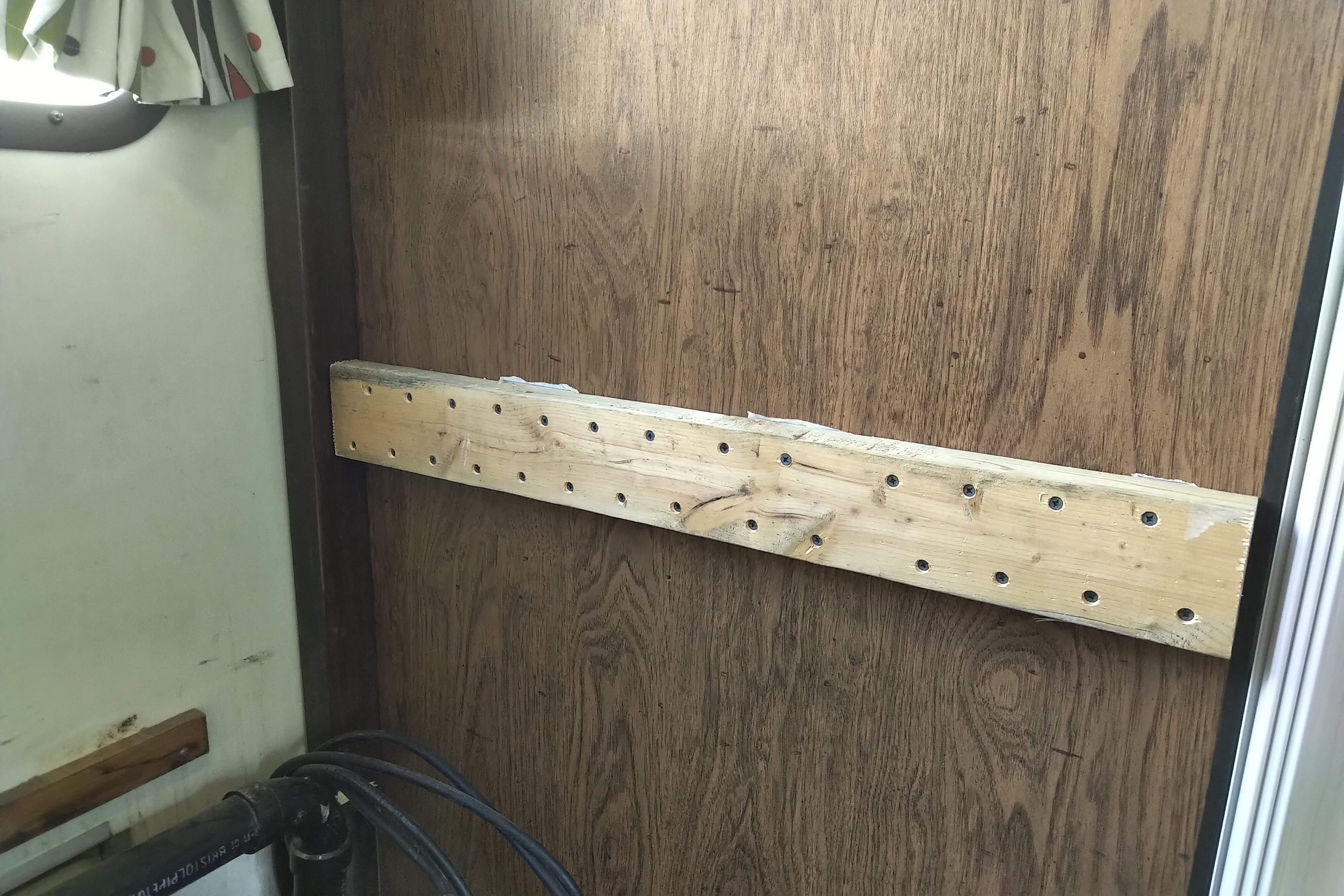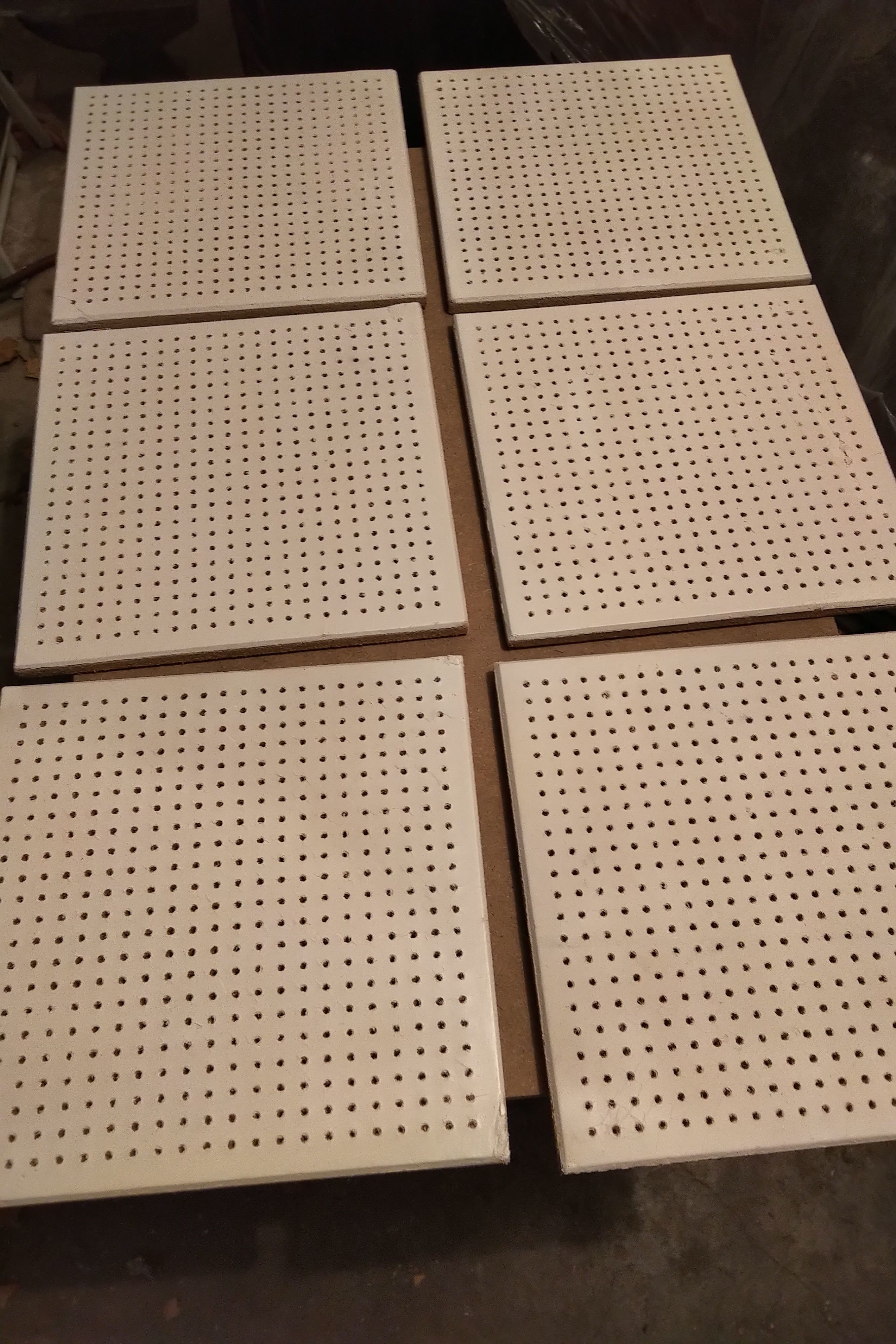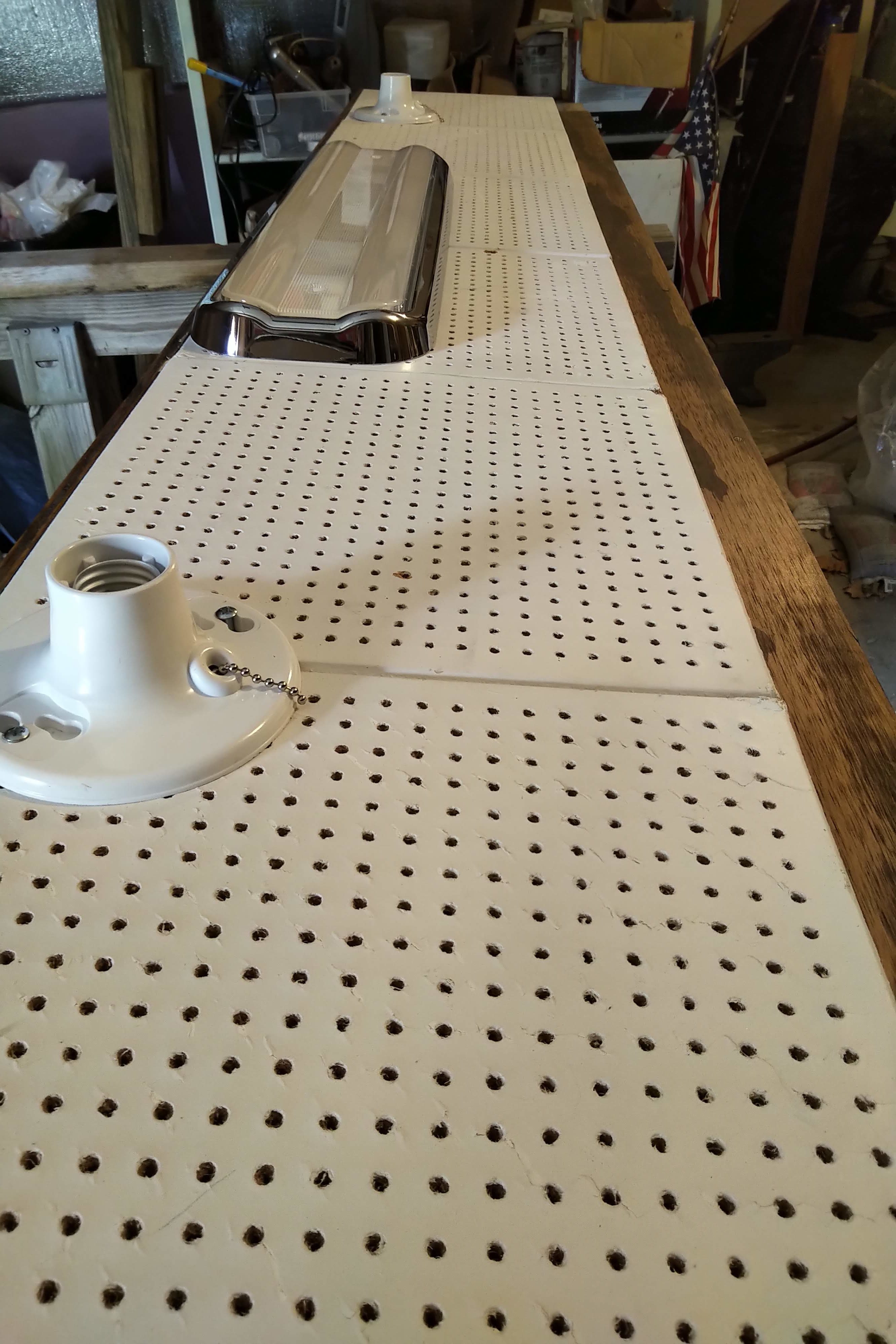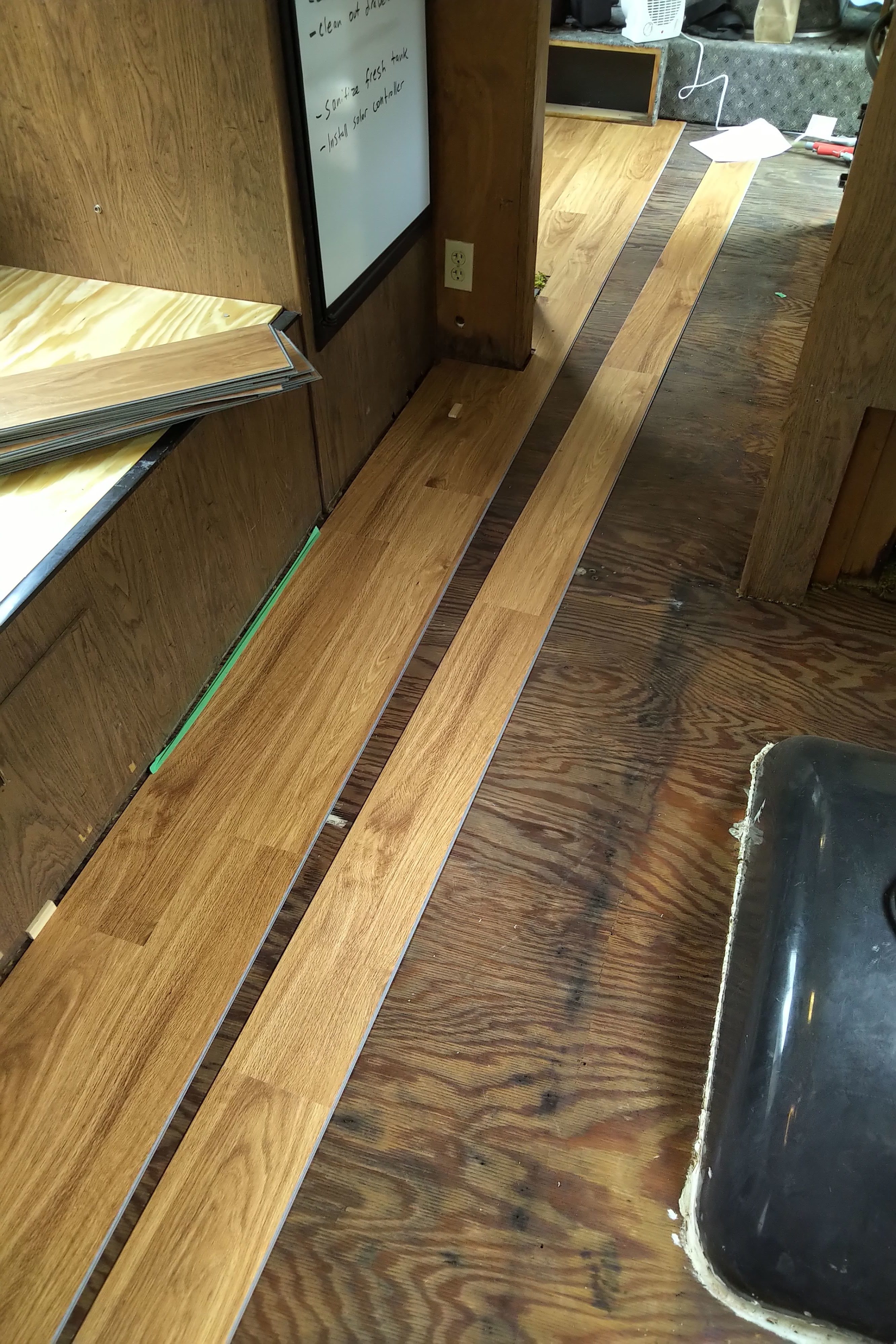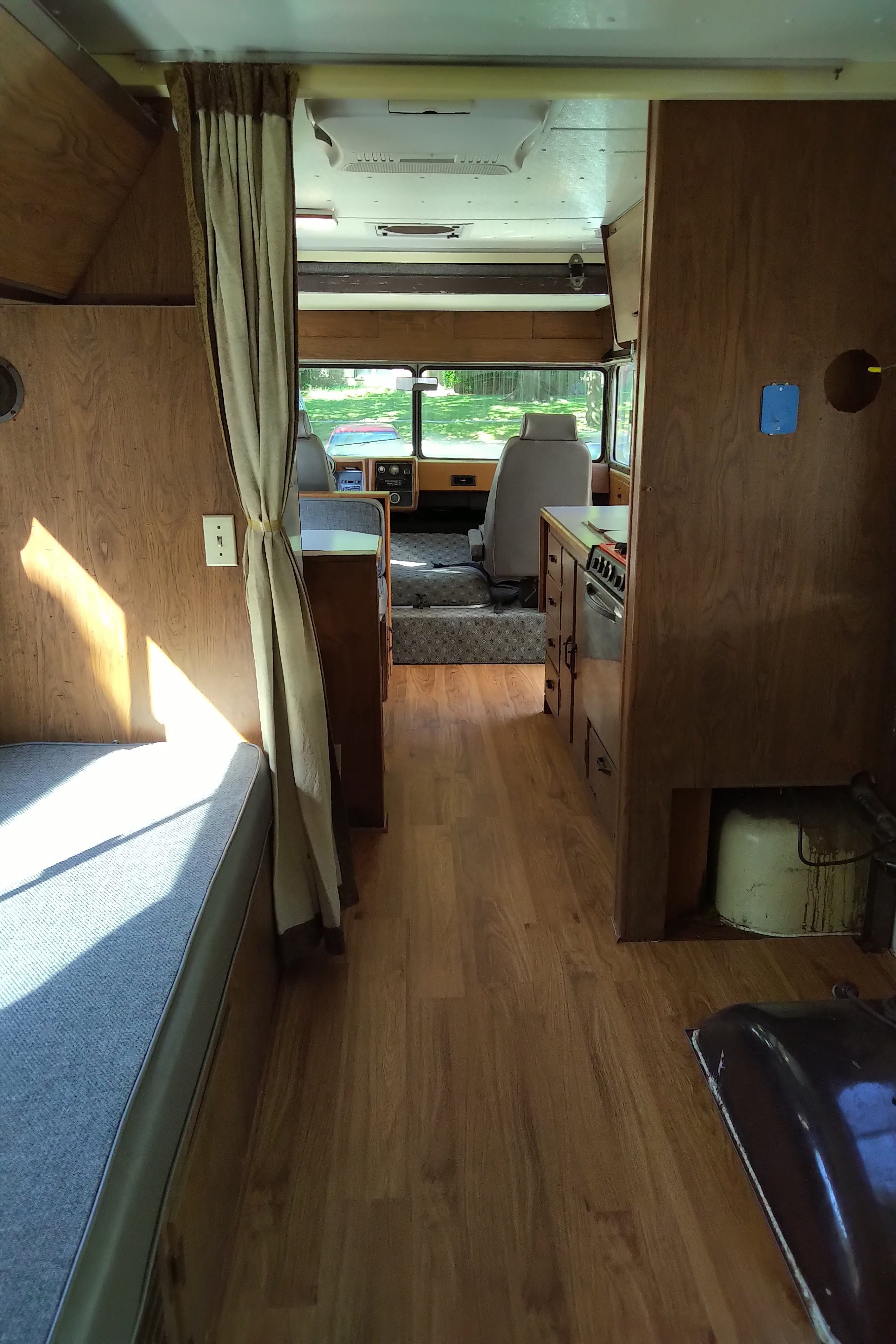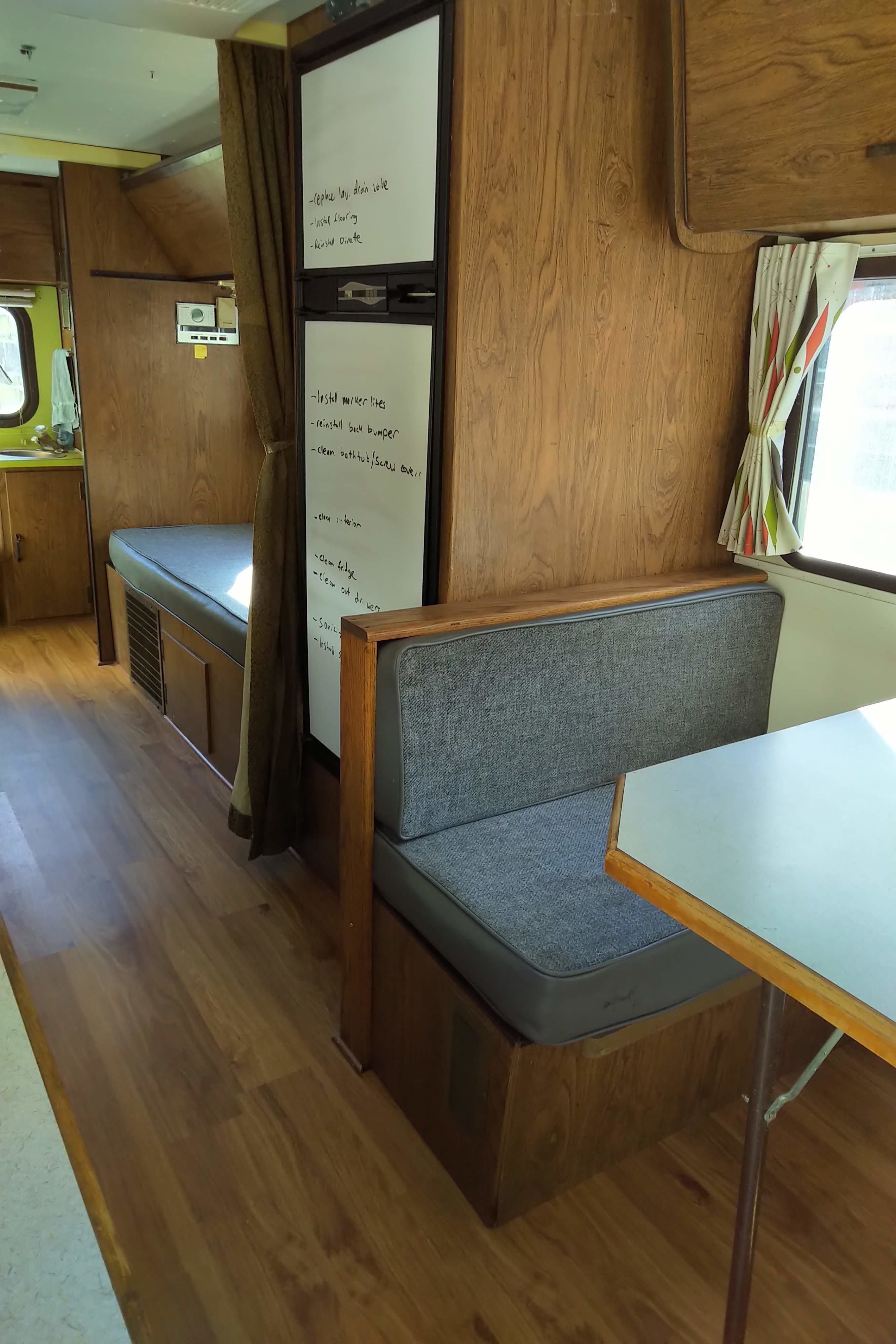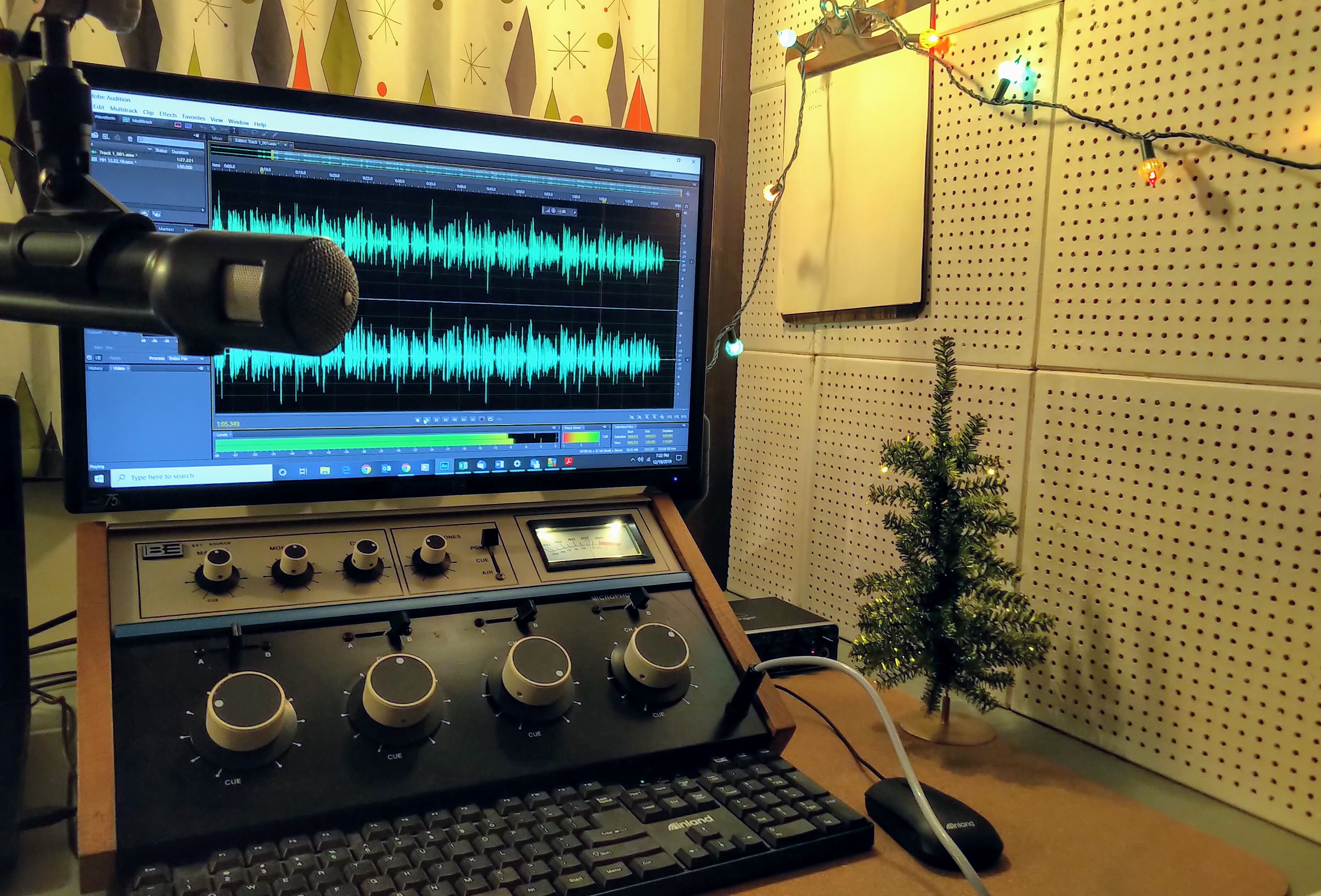 Progress continues on the Winnebago restoration, although obvious holiday distractions and the cold weather have slowed things down a bit. The good news is the RV is in use daily for a variety of tasks including audio production. The acoustics in the studio area have turned out great. Since this is a recap, I’ll briefly list some of the recent restoration news:
Progress continues on the Winnebago restoration, although obvious holiday distractions and the cold weather have slowed things down a bit. The good news is the RV is in use daily for a variety of tasks including audio production. The acoustics in the studio area have turned out great. Since this is a recap, I’ll briefly list some of the recent restoration news:
- The source of shimmying noted in previous posts was discovered to be the driver’s side front rim which was probably built wrong from day one. Since all the rims on the vehicle are the same (and rather rare 17.5″ ones at that), the spare tire rim was substituted. Long story short, that rim had a leak through one of the rivets and had to be epoxied. Good news is, it was a inexpensive fix and we’re rolling great with no leaks!
- The entry door has been rebuilt and put back on the frame, although it will have to come off again when we reconstruct the wood underneath the door that has rotted away. Look for a post on that soon.
- All six curtains are finished and installed! Again, I’ll have a post on that upcoming.
- Installation has started on the ham and CB radios to go in the vehicle, accessible from the driving area.
- Most of the electrical upgrades have been completed (I think). An extra outlet under the couch was added to power some heat tape. While the water is not running right now, existing and new heat tape is keeping the lines and water pump from freezing, just in case.
- A 30 amp electrical outlet has been added to provide full electrical service to the RV. I could even run the air conditioner right now if I wanted…
- All lighting is running off solar power. The power converter stays off most of the time. New batteries will be on their way soon.
- Plugging up holes and fixing leaks continues as always – but they are getting few and far between!
Those are some of the highlights – the vehicle is certainly drivable and livable – but there’s still a page of things we’d like to do before hitting the road. Thanks for following along and happy new year!
– James

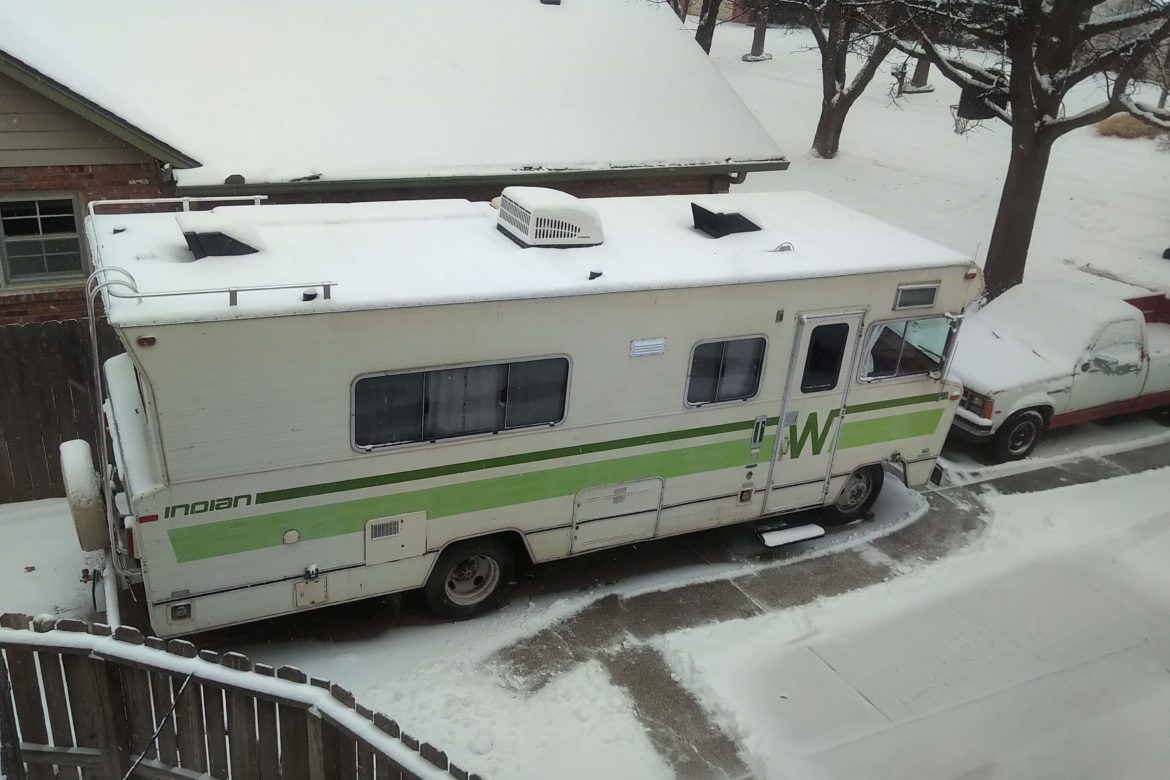
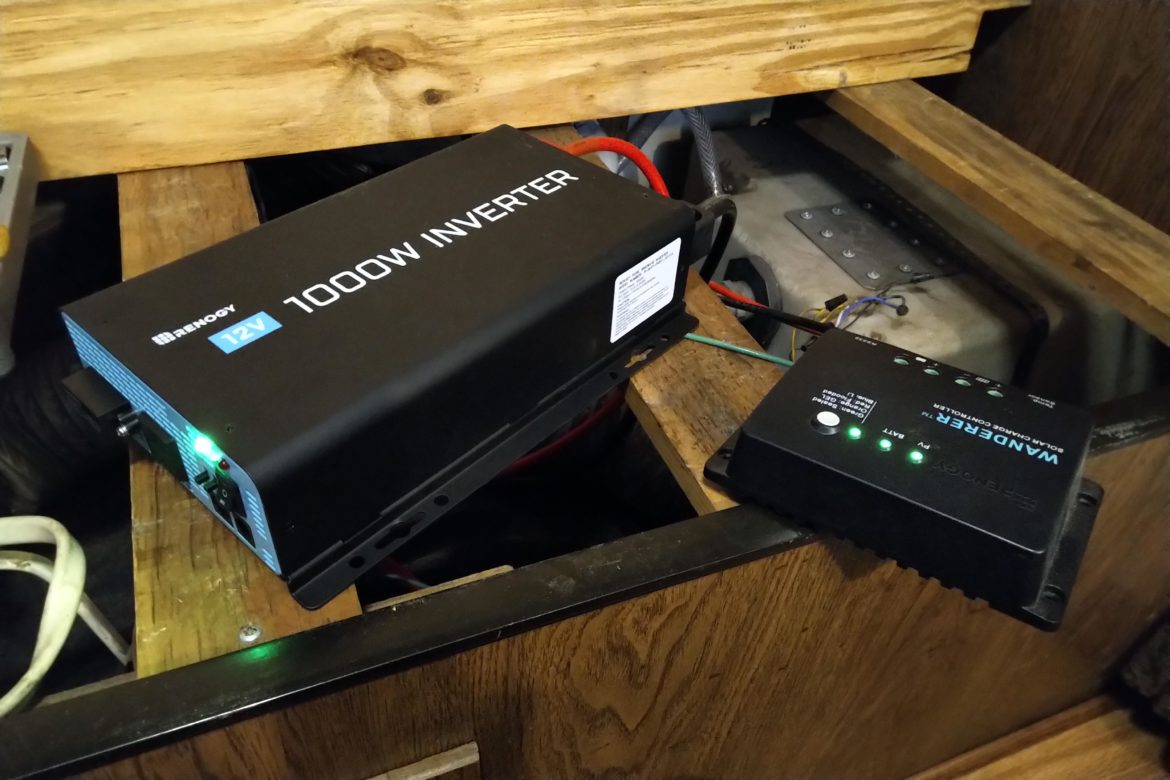
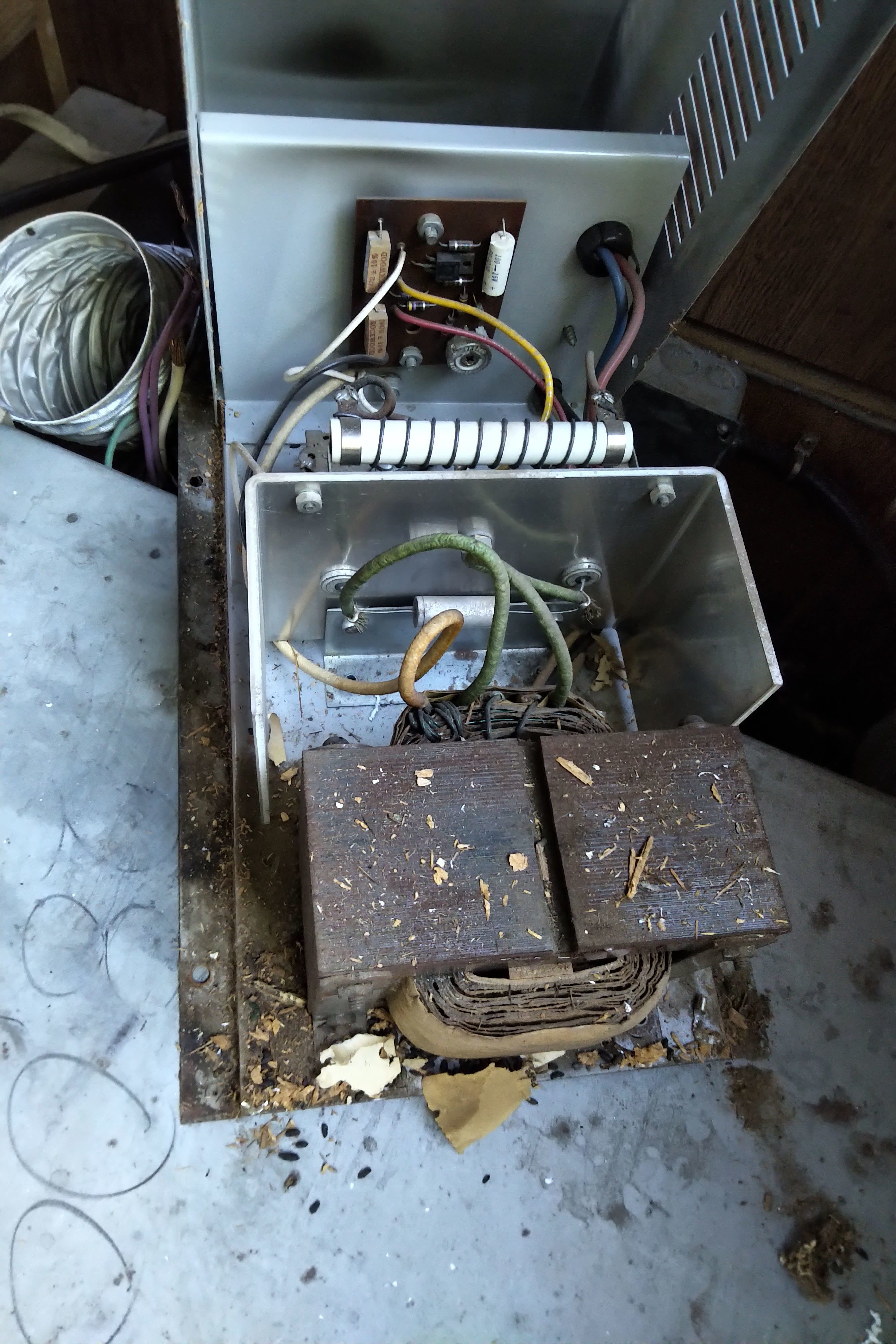
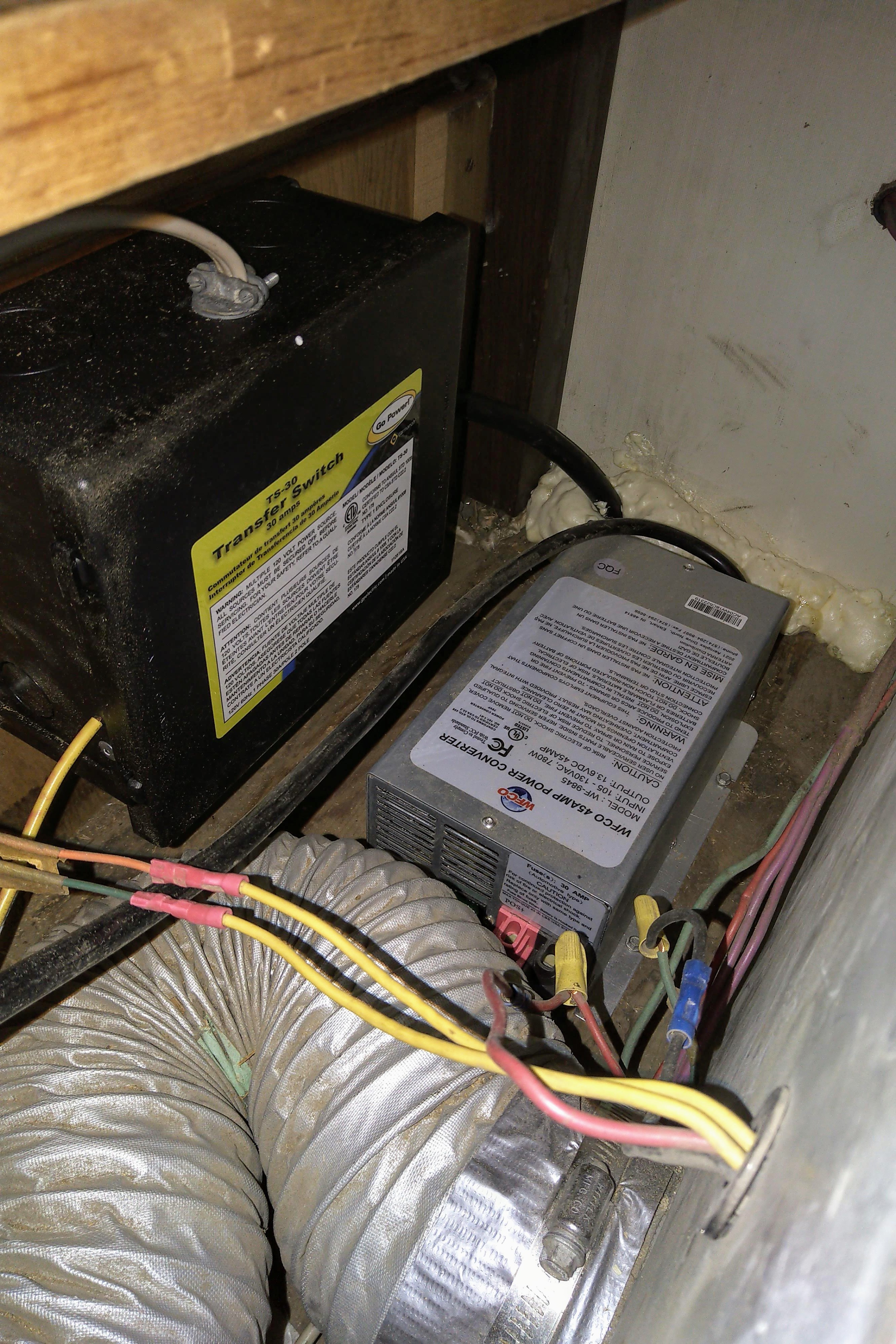
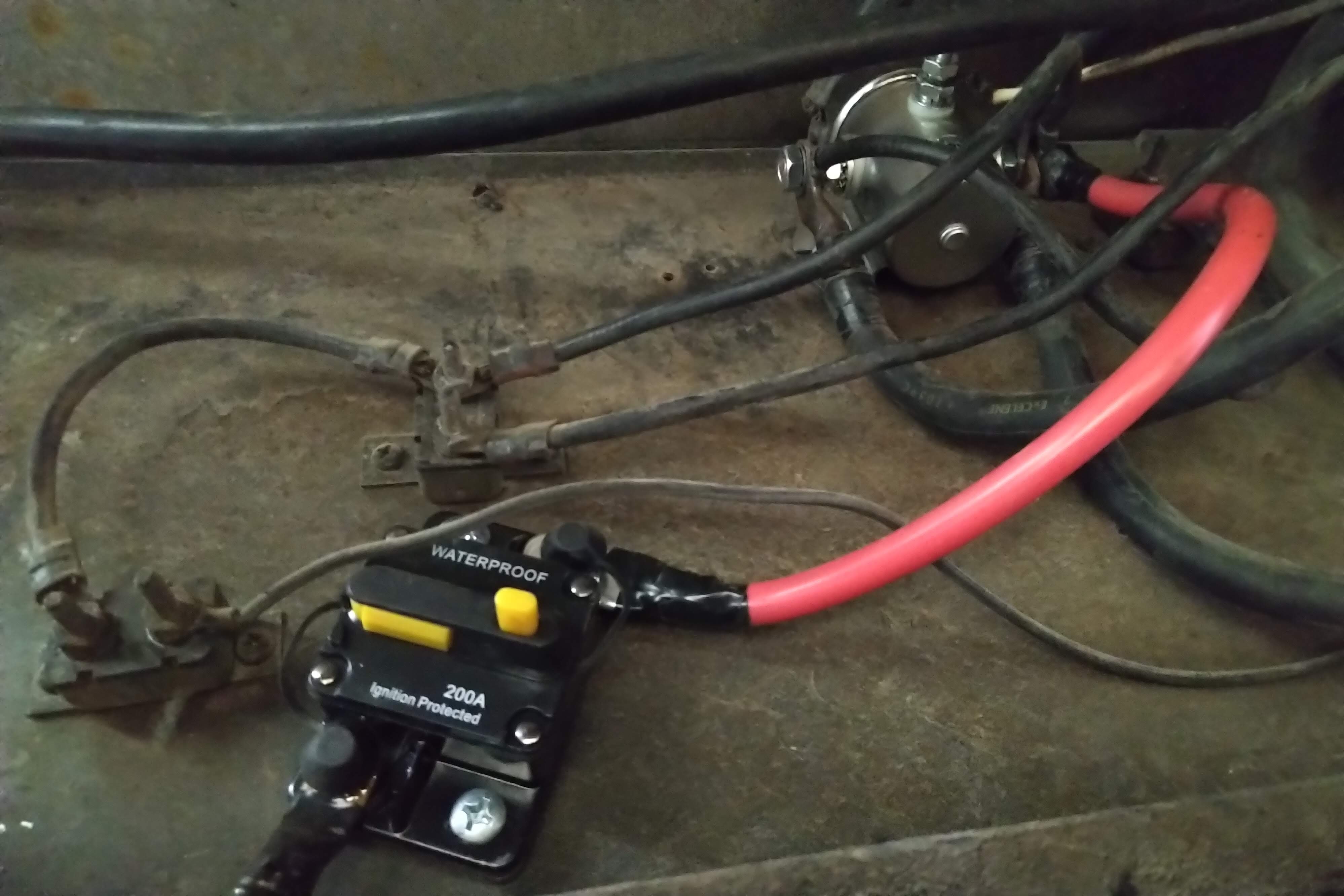
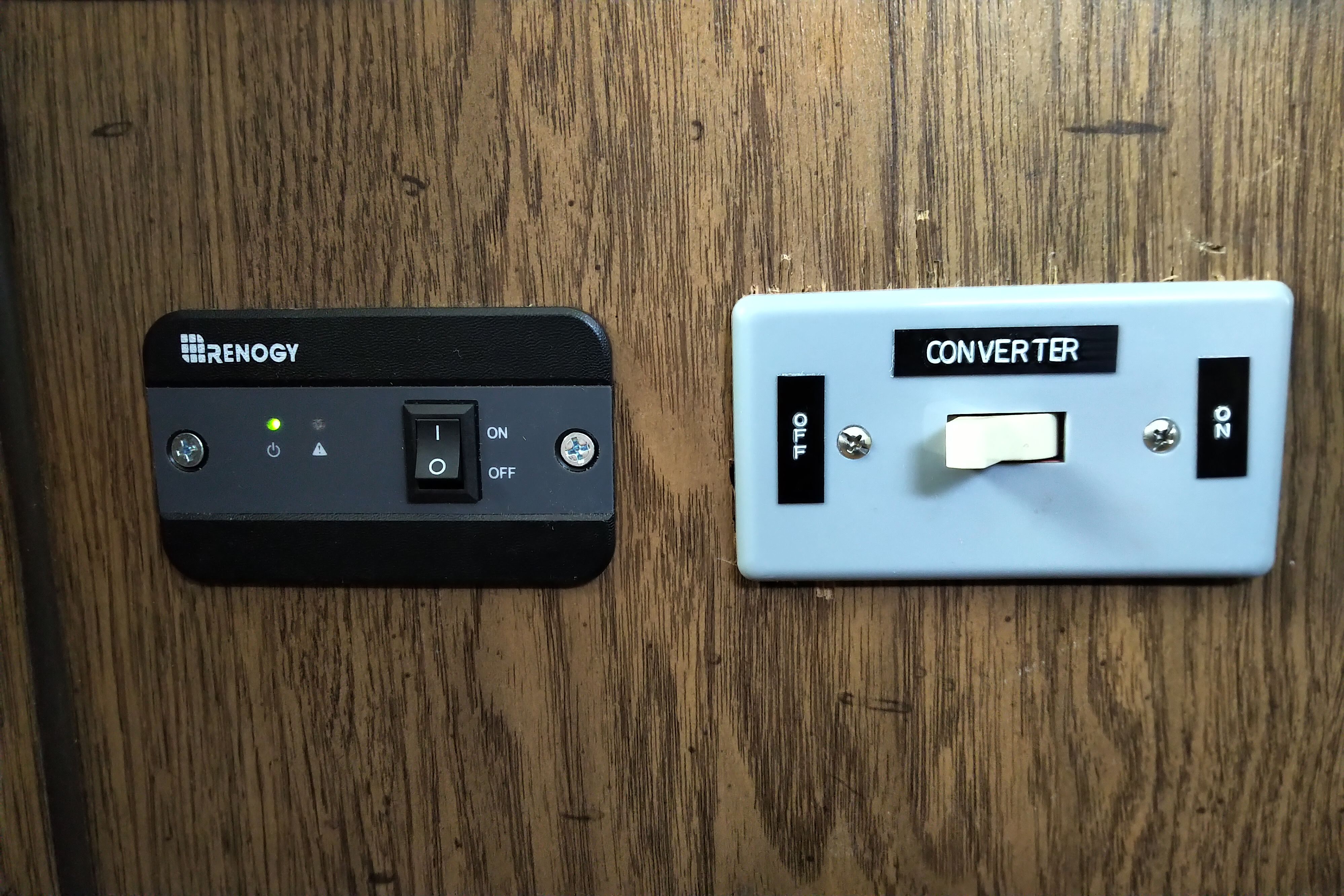
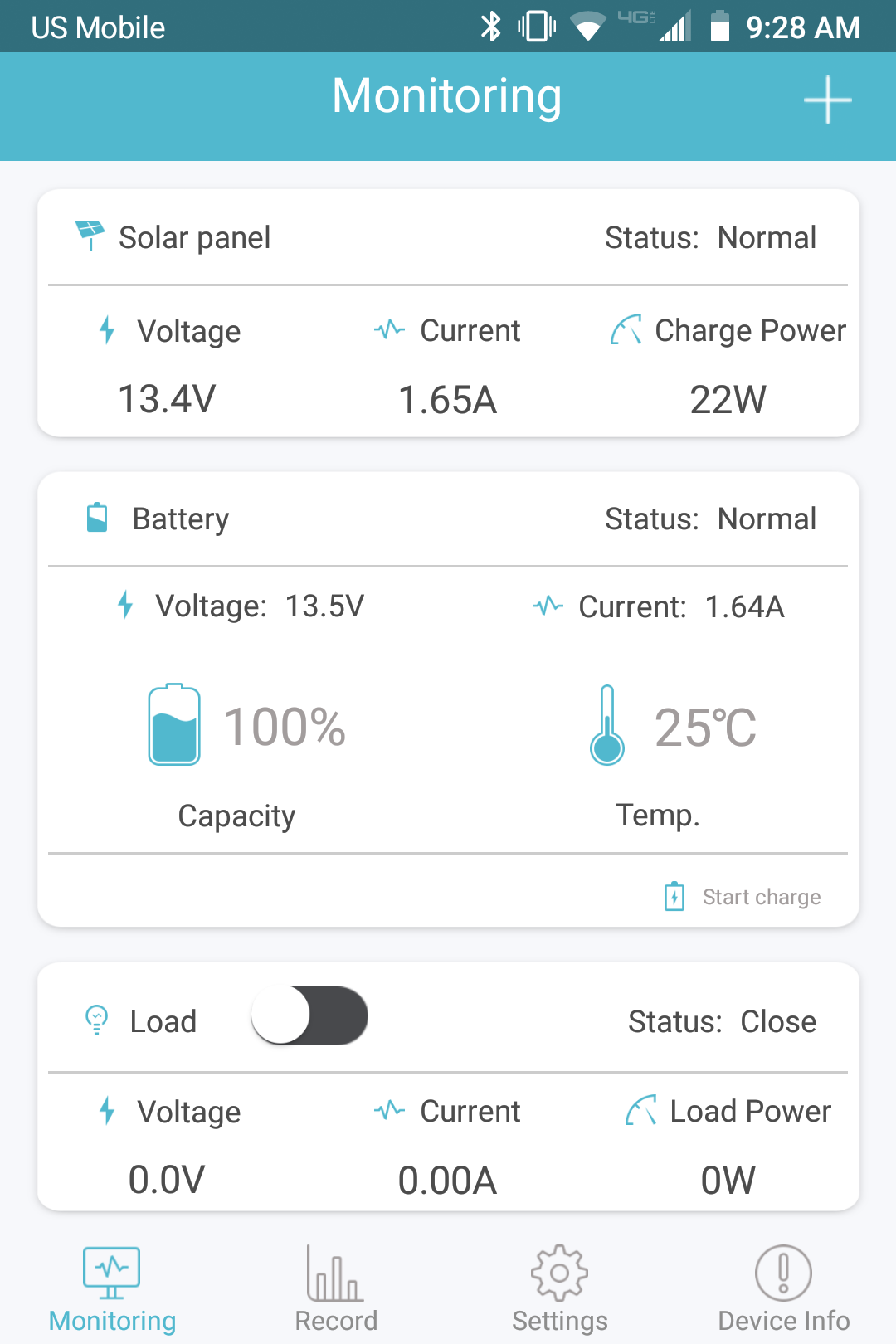
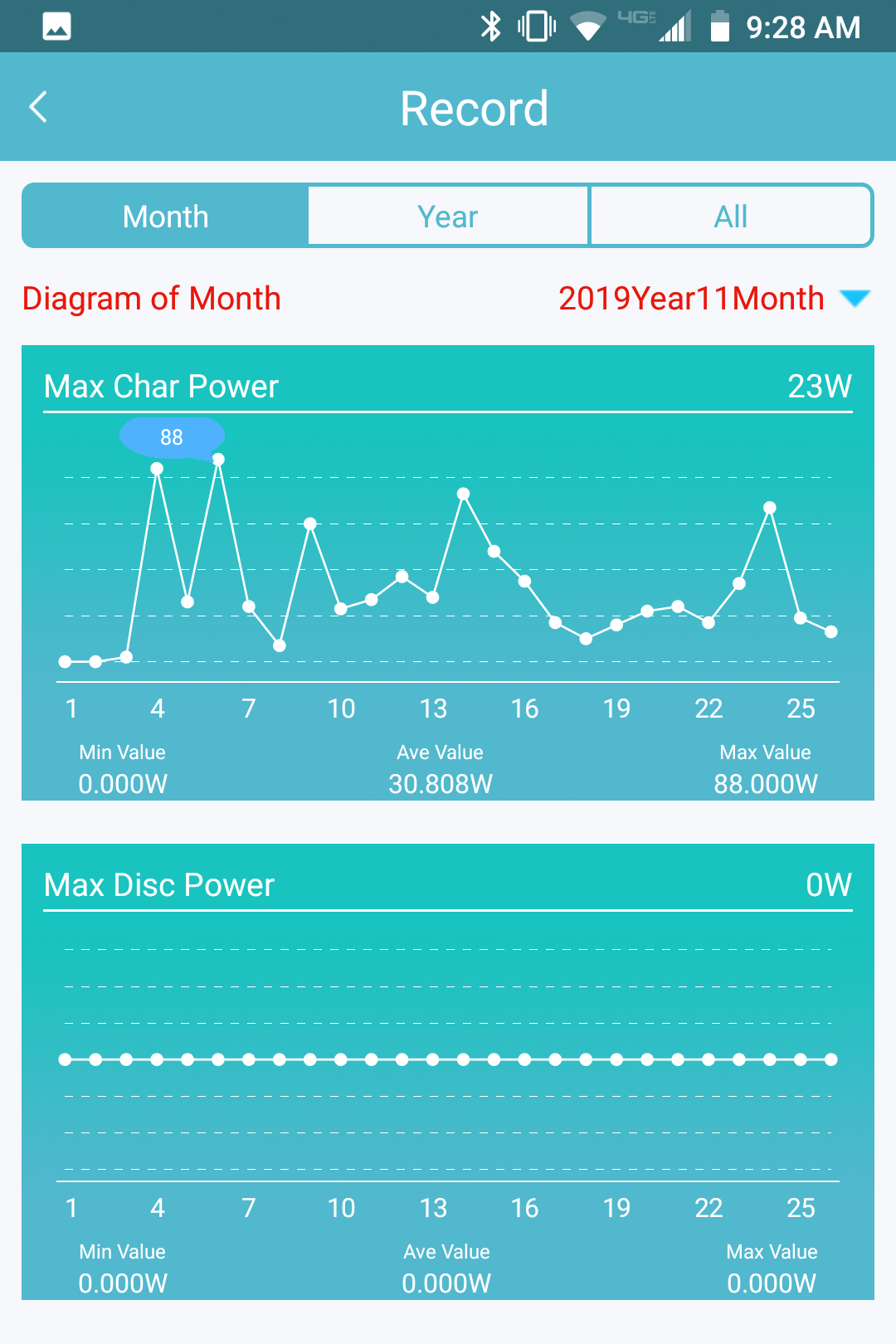
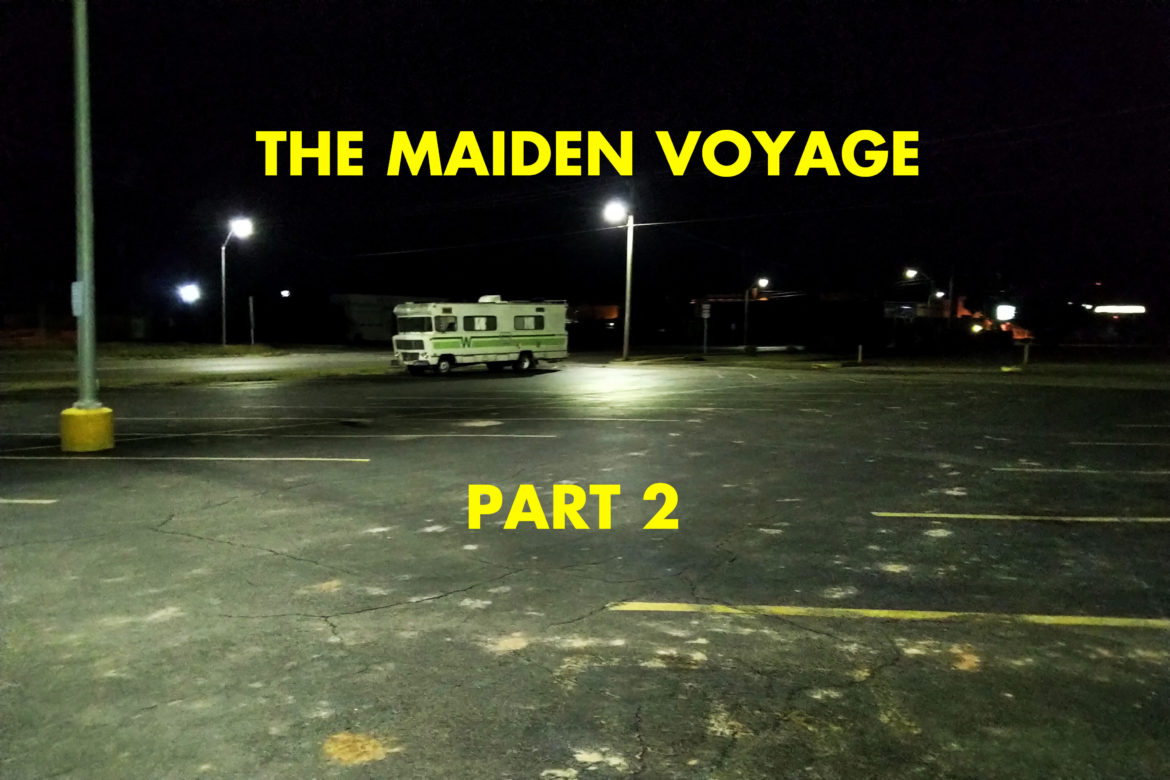
 We continue the inaugural RV adventure from
We continue the inaugural RV adventure from 
